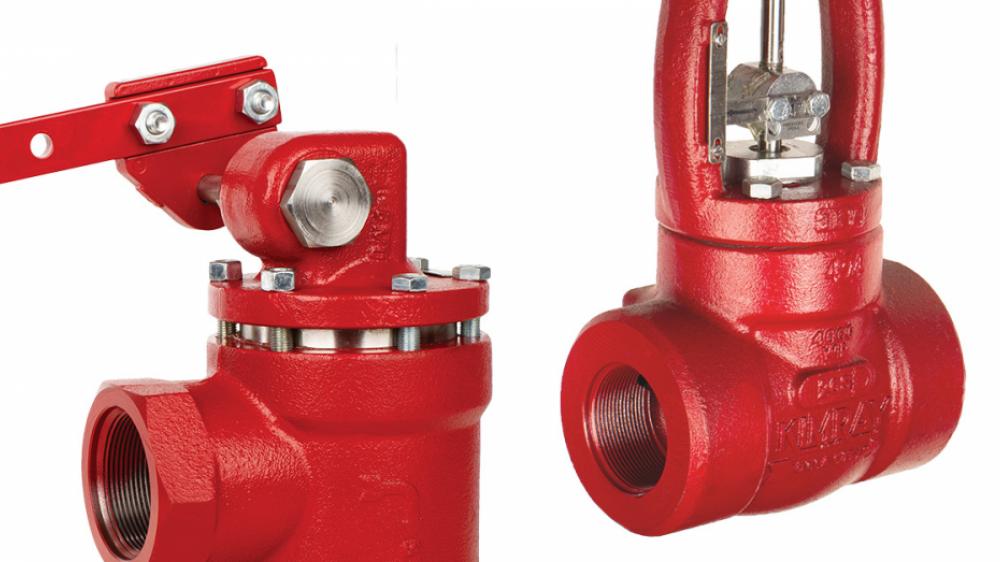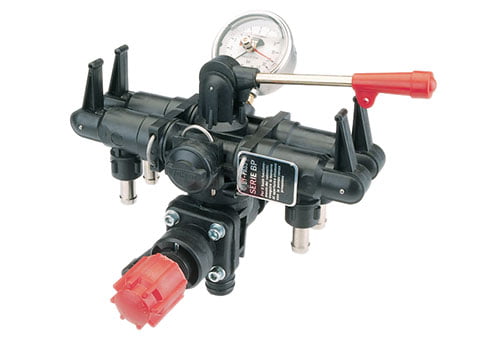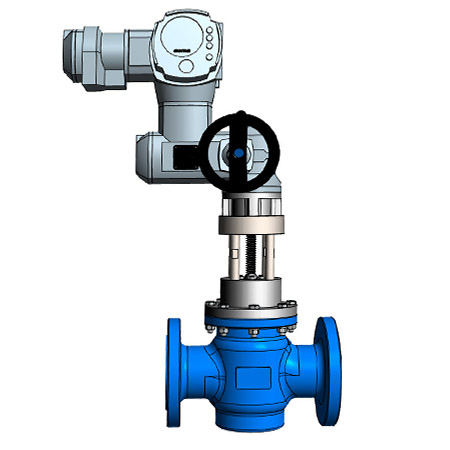How Control Valves Influence Power Performance in Industrial Settings
How Control Valves Influence Power Performance in Industrial Settings
Blog Article

Maximize Energy Savings and Comfort With Advanced Building Automation Controls
In the realm of modern-day architecture and center administration, the assimilation of sophisticated building automation regulates stands as a critical innovation. By harnessing the power of automation, buildings can adjust, react, and evolve in methods that were when unimaginable.
Energy Effectiveness Conveniences
Energy effectiveness advantages can considerably reduce power intake and functional prices in structures. Energy-efficient systems, such as innovative structure automation controls, can enhance the use of resources like cooling, illumination, and home heating, leading to lower energy expenditures over time.
Moreover, enhanced power effectiveness can extend the lifespan of structure equipment and systems. By running extra effectively, a/c systems, light, and other structure elements experience less damage, leading to lowered upkeep and replacement expenses. Furthermore, energy-efficient buildings frequently regulate higher residential property values and rental prices, offering lasting financial advantages to owners.
Furthermore, power effectiveness can enhance passenger comfort and productivity. Properly managed interior atmospheres with ideal lights and thermal conditions produce a more conducive and positive workspace, bring about enhanced worker satisfaction and efficiency. In general, the power effectiveness benefits connected with innovative structure automation controls are multifaceted, incorporating expense savings, ecological stewardship, and passenger well-being.
Improved Convenience Control
Enhancing comfort control in building atmospheres needs an innovative integration of advanced automation systems for ideal passenger health. By utilizing advanced building automation controls, facilities can tailor the indoor atmosphere to satisfy the certain demands and choices of owners. These systems enable exact guideline of air flow, illumination, and temperature, producing a comfortable and productive atmosphere. Occupant complete satisfaction and efficiency are carefully linked to thermal convenience, making it important to have systems in position that can adapt to altering conditions in real-time.
Enhanced convenience control exceeds basic temperature level modifications. It includes features such as personalized setups, occupancy sensing units, and natural light usage to create a receptive and dynamic environment. By incorporating these advanced controls, structures can not only boost comfort yet likewise boost energy performance by enhancing system procedures based on real occupancy and use patterns. Ultimately, focusing on occupant comfort with advanced automation systems brings about a much more delightful and much healthier indoor atmosphere.
Functional Effectiveness Improvements

Furthermore, the implementation of real-time surveillance and analytics tools allows building drivers to identify energy inefficiencies and functional abnormalities immediately. By continuously monitoring energy use patterns and system performance metrics, modifications can be made in real-time to maximize energy usage and make certain peak operational effectiveness. control valves. In addition, incorporating demand feedback techniques into structure automation controls can better enhance operational effectiveness by dynamically adjusting energy use based upon grid description conditions and prices signals
Indoor Climate Optimization
Reliable indoor environment optimization is a fundamental facet of building automation controls, ensuring passengers' comfort and health while optimizing power financial savings. By making use of innovative sensing units and controls, constructing automation systems can continually readjust and monitor temperature, moisture degrees, air top quality, and air flow to produce an ideal indoor environment. Maintaining consistent and comfortable problems not just enhances passenger complete satisfaction but also increases efficiency and overall wellness.
Interior environment optimization likewise plays a vital function in energy efficiency. By fine-tuning heating, ventilation, and cooling systems based on real-time information and tenancy patterns, developing automation controls can substantially reduce check this power usage - control valves. Carrying out approaches such as demand-controlled air flow and thermal zoning can help minimize energy waste while ensuring that each area of the structure obtains the needed conditioning.

Sustainable Atmosphere Development
Building automation manages not just optimize indoor environment problems for power performance and resident convenience but also lay the structure for producing a lasting setting via critical monitoring of sources and systems. By integrating innovative structure automation innovations, such as sensors, actuators, and smart software, centers can check and change energy usage in real-time to minimize waste and minimize their carbon impact. These systems enable predictive maintenance, identifying possible problems before they rise and maximizing tools performance to enhance long life and effectiveness.
Additionally, lasting setting production prolongs beyond power administration to include water conservation, waste decrease, and indoor air quality renovation. Structure automation controls can control water usage, identify leakages, and make sure appropriate waste disposal techniques, adding to general sustainability efforts. In addition, by keeping track of and controlling ventilation and purification systems, these innovations enhance owner health and wellness and performance Recommended Site while lowering energy usage associated with cooling and heating procedures.
Verdict
In conclusion, advanced building automation regulates deal considerable benefits in regards to power cost savings, convenience control, functional performance, interior environment optimization, and developing a sustainable atmosphere. By applying these controls, structures can attain ideal performance while lowering energy intake and boosting owner comfort. It appears that using sophisticated automation modern technology is important in boosting building efficiency and producing an extra sustainable future.
Energy efficiency advantages can dramatically reduce energy usage and functional prices in structures. Overall, the power performance advantages linked with advanced building automation controls are multifaceted, encompassing cost savings, ecological stewardship, and occupant wellness.
Additionally, incorporating need action approaches right into structure automation controls can even more boost functional efficiency by dynamically adjusting power use based on grid conditions and pricing signals.
Structure automation controls not just enhance indoor climate problems for energy performance and passenger comfort yet likewise lay the foundation for developing a sustainable environment with tactical monitoring of systems and sources.In conclusion, progressed building automation manages offer considerable benefits in terms of power cost savings, comfort control, functional efficiency, indoor environment optimization, and developing a sustainable setting.
Report this page